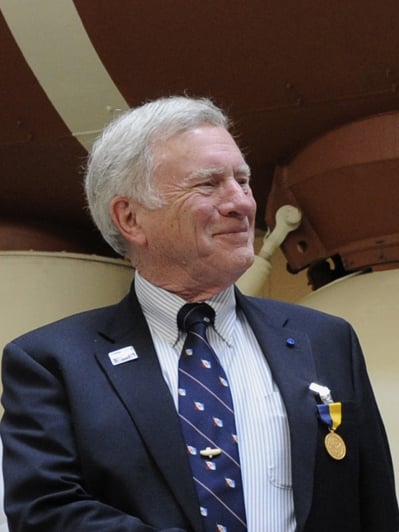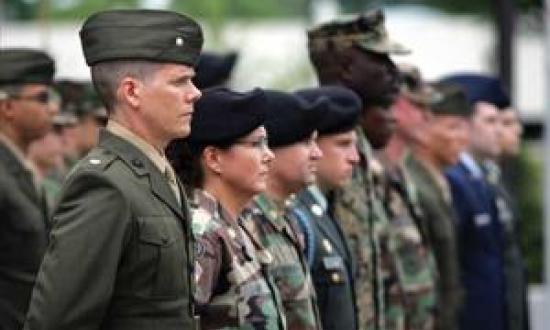On 20–21 October 2020, the Naval Institute will host Through the Camera Lens: Sharing the Story of the U.S. Military. This two-day virtual conference will gather actors, directors, producers alongside government, military, and academic leaders to discuss the evolution of the U.S. military’s portrayal in film. Speakers will discuss the history of the military in the movies from World War I to the present, the key partnership between Hollywood and the DoD, the importance of maintaining accuracy in popular media without derailing the entertainment value and mass appeal, the role of amateur filmmakers in sharing their stories, and the implications and the influence all these mediums have on the public’s perception of the military. Ahead of this conference, long-time Proceedings contributor Don Walsh shares his experience as a technical advisor in Hollywood.
After retiring from the Navy, I lived in the Los Angeles area for two decades. I had a good relationship with the Navy chief of information office there and was happy to help those that worked in it. So, if a studio “ask” was too big to provide a serving U.S. Navy technical advisor, I would get a call.
I have never been a movie buff and I thought this might be a good opportunity to learn and experience something new. And it really was.
My first big job was technical advisor for Raise the Titanic (1980), based on the late Clive Cussler’s first novel. At the time, it was touted as the third-largest Hollywood production (in terms of budget) after Liz Taylor’s Cleopatra and one other that I cannot remember.
At first my boss was director Stanley Kramer, a delightful man. “Don, make sure you give me some creative slack as we are not making training films.” And I did that. Sadly, Stanley left after about three months because of “creative differences” with the producer, London-based Sir Lew Grade of ITC Productions.
Next, the producer and directors of the Airport movies took Stanley’s place. They mostly took my advice, but the evolved story line was crazy. I was involved in that production from site scouting, to locations shooting, to sound stage, and, finally, post-production. I read and commented on all script variants and generally was right next to the director and camera(s) while shooting.
The pay was good and prompt, and I enjoyed learning about how major motion pictures were made. I was especially impressed with the team of craftsmen who made the models, as this was before computer-generated imagery. The Titanic model, accurate to the rivet head, was 54 feet long!
The major actors in the film were Jason Robards, Sir Aleck Guinness, Ann Archer, and Richard Jordan. The director Jerry Jamison asked me if I would like to have a bit part, with a line or two, in one of the scenes in which the head of NUMA (Robards) briefs a bunch of flag officers at the Pentagon. I would have been a vice admiral, but then he told me that I would need to get a haircut. I said no, as I actually made more money behind the camera than in front of it. My “appearance” would be paid according to the scale for extras who stood still, those who walked, and those who talked. While I would be the latter, it still was less than being a technical advisor.
I spent three years on Raise the Titanic, mostly two to three days a week. I could get to the studio from the University of Southern California in about a half hour.
After that movie, I did Gray Lady Down, Beyond Westworld, had a minor part in Hunt for Red October, and some others I’ve forgotten. All were very interesting to this old diesel-boat driver.







